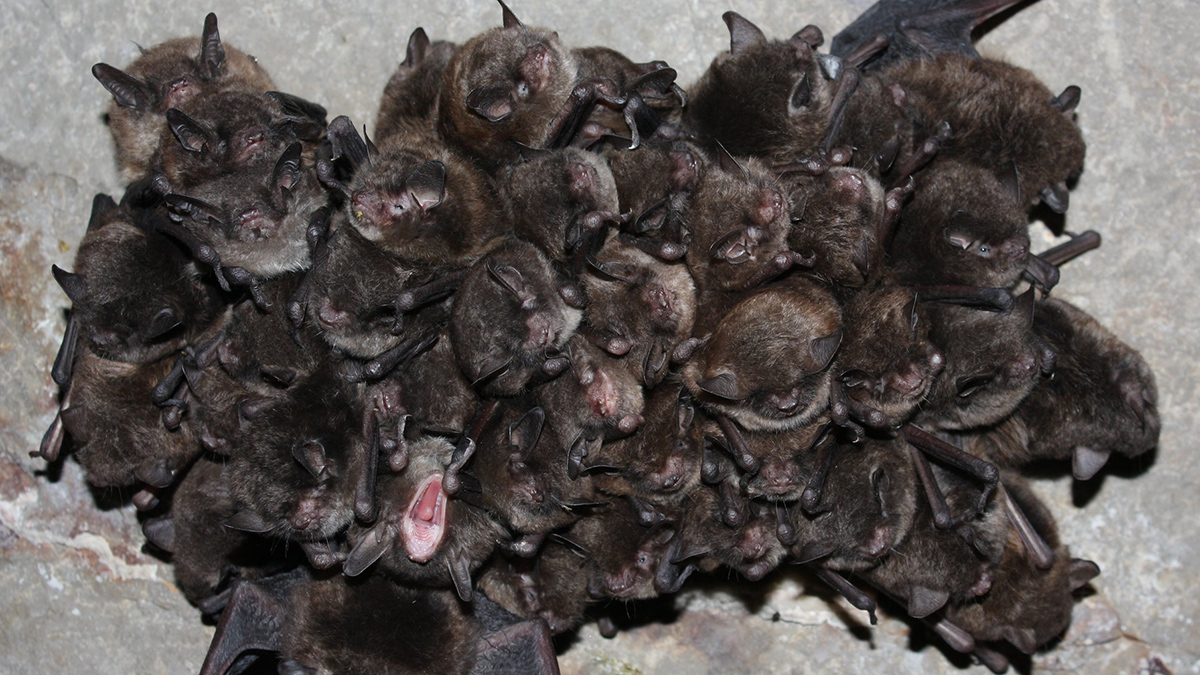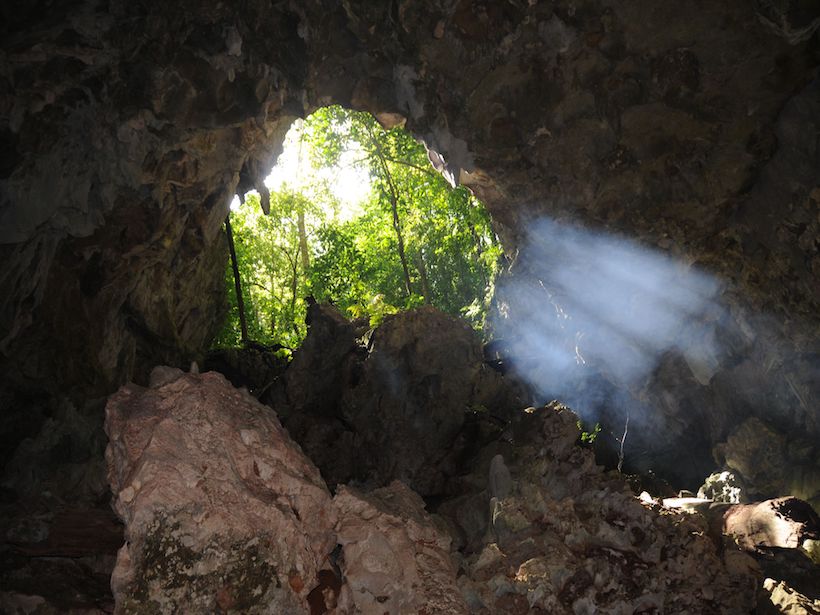Charcoal stored in preserved guano gives researchers a new way to reconstruct regional fire histories.
bats
Posted inNews
Bat Guano Traces Changes in Agriculture and Hurricane Activity
Researchers hiked and rappeled into two caves in Jamaica to collect over 40 kilograms of excrement.
Posted inNews
Bat Guano: A Possible New Source for Paleoclimate Reconstructions
Nitrogen isotopes within samples of bat excrement accurately reflect modern precipitation patterns. So could guano serve as a paleoclimate record?
Posted inNews
How Bat Breath and Guano Can Change the Shapes of Caves
Researchers working in caves in Borneo and elsewhere are finding evidence that biological processes shape many tropical caves by slowly eating away at surrounding rock.




